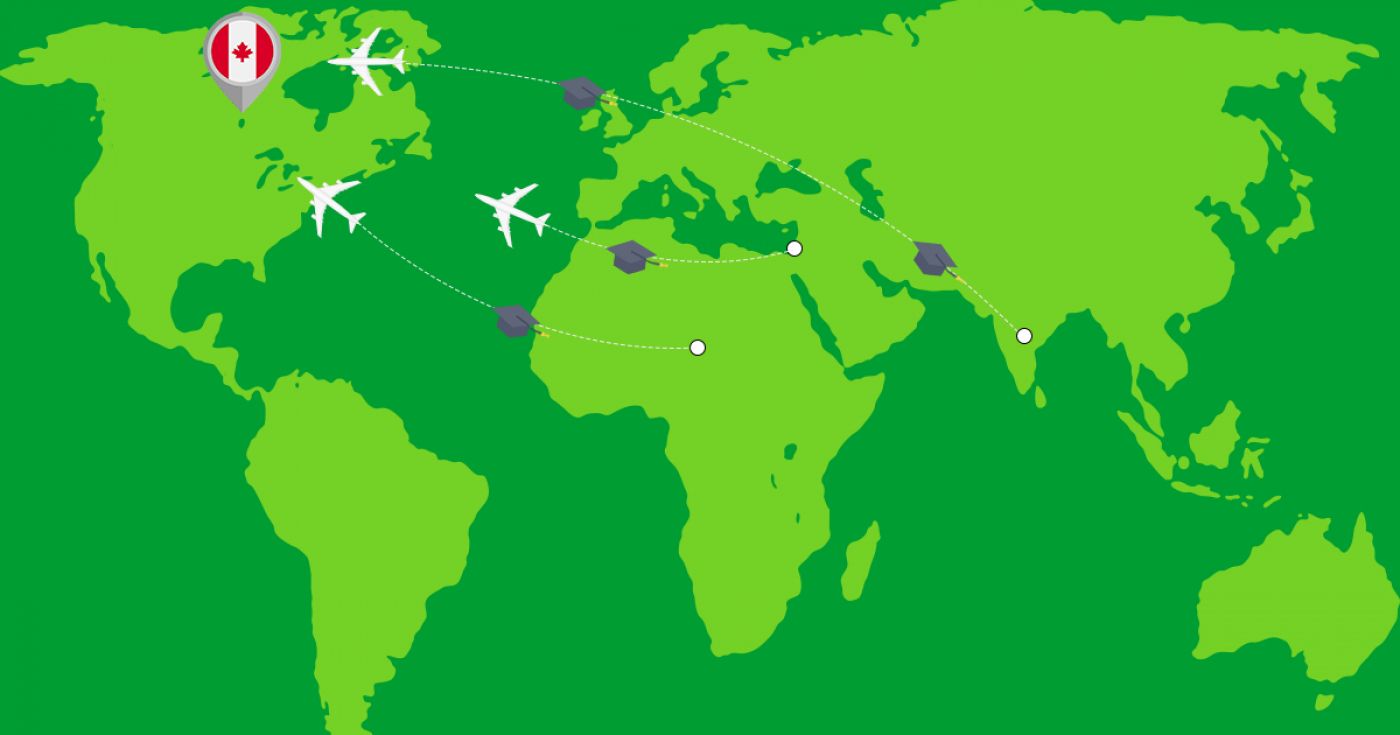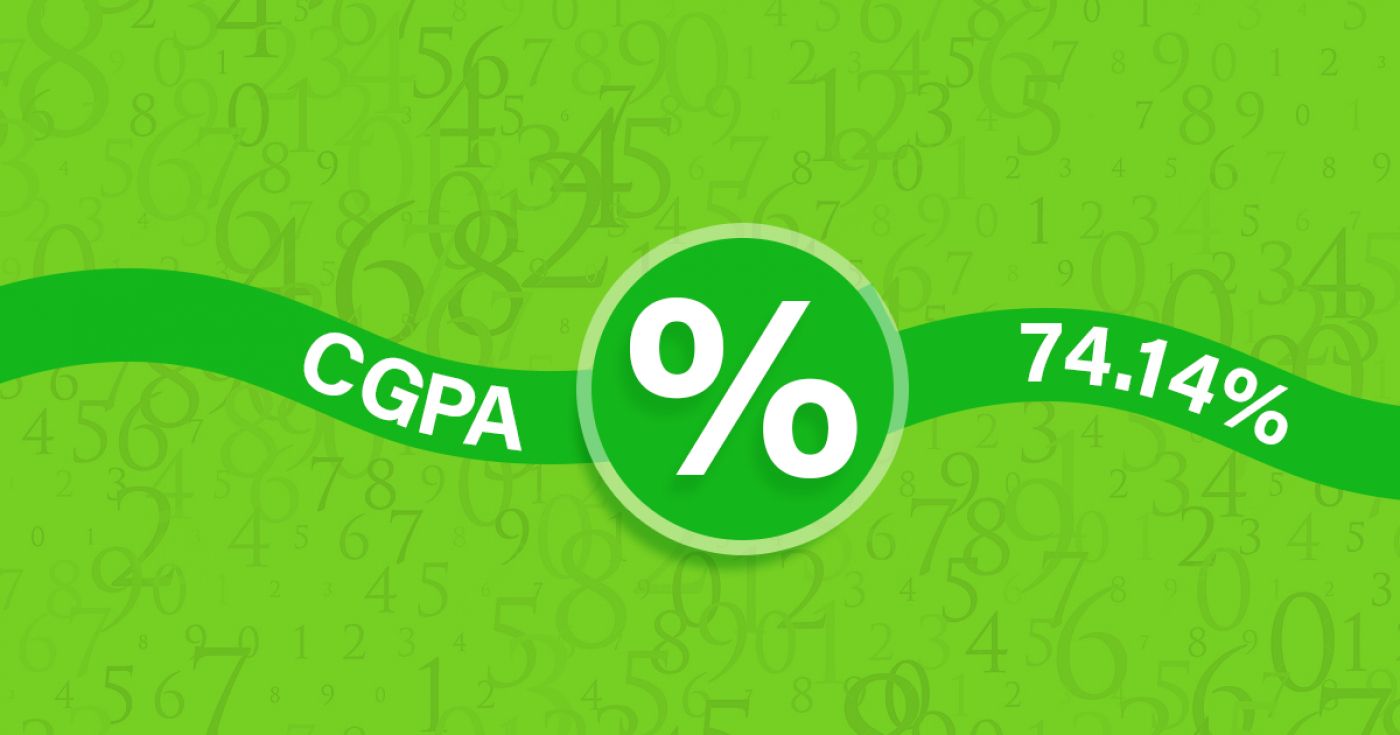Master of Science in Biomedical Engineering
at Shorelight Group - Cleveland State University USA
Overview
Cleveland State University's graduate program in biomedical engineering is designed to provide students with the skills to apply engineering analysis and design to the solution of biomedical-related problems. The program provides a foundation built on fundamentals in the life sciences, including those at the cellular, tissue, and human physiology level. Advanced engineering courses are selected from fields including tissue engineering, biomechanics, imaging, bioMEMS, materials and nanotechnology, bioprocessing, and instrumentation/controls.
The program offers three tracks: a thesis track, a design track, and a course-only track. In-depth study of a specific research topic with a faculty mentor is conducted in the thesis track. Students in the design track work in teams on a year-long design project with mentors from either local industry or the Medical Device Solutions Department at the Cleveland Clinic. This biomedical design option is unique in northeast Ohio and among only a handful of similar programs nationwide. The design option is especially appropriate for those who will seek industrial employment directly after completion of the program and/or are interested in starting their own business. Upon completion of the program, students will be prepared to work in the medical device industry or to continue their education at the doctoral level.
30
Application Processing Days
Under Graduate
Program Level
Fact & Figures
Full Time On Campus
Study Mode
24
Duration
Shorelight Group - Cleveland State University
Location
Master of Science in Biomedical Engineering Assistant Fee
$21066
Tuition Fee
$0
Average Cost of Living
$0
Application Fee
Master of Science in Biomedical Engineering Admissions Requirements
- Minimum Level of Education Required: To be accepted into this program, applicants must have a Bachelor's Degree.

Get superfast admissions at top Master of Science in Biomedical Engineering institutes in 2024
Benefits of choosing
➤Admission’s guaranteed at Top institutes across the world.
➤Enjoy exclusive application fee waiver’s with Edmissions.
➤Unlimited FREE Counselling sessions with Edmission’s
Experts
➤Get Tips from industry veterans to crack the IELTS exam in 1
week.
➤Assistance with scholarships, loans, forex, student accommodation and visa guidance.
Work Permit USA
Optional Practical Training or OPT is a period during which students, who have completed their degrees in the USA, are permitted to work for one year on a student visa by the United States Citizenship and Immigration Services (USCIS). OPT allows students to work for up to 3 years and develop real-world skills to survive in the competitive jobs market.
It is temporary employment for a period of 12-months that is directly related to the major area of study of an F-1 student. Eligible students have the option to apply for OPT employment authorization before completing their academic studies and/or after completing their academic studies.
A student can participate in three types of Optional Practical Training (OPT):
- Pre-Completion OPT: This is temporary employment provided to F-1 students before completion of their course of study.
- Post-Completion OPT: This is temporary employment available to F-1 students after completing their course of study.
- 24 Month STEM Extension: Students enrolled in STEM (Science, Technology, Engineering, and Mathematics) courses can a 24-month extension after their initial Post-Completion OPT authorization.
Detailed Program and Facts
30
Application Processing Days
Full Time On Campus
Program Intensity
Under Graduate
Program Level
24
Duration
Study Visa
Other Courses by Shorelight Group - Cleveland State University,USA
Engineering & Technology
Undergraduate Academic Accelerator Pathway (2-Term) - Bachelor of Electrical Engineering
Electrical engineers design, develop, test, and supervise the manufacturing of electrical equipment, such as electric motors, radar and navigation systems, communications systems, and power generation equipment. Electronics engineers also design and develop electronic equipment, such as broadcast and communications systems—from portable music players to global positioning systems (GPSs).
48 month
Duration
$ 18104
Tuition
Business & Management
Undergraduate Academic Accelerator Pathway (2-Term) - Bachelor of Business Administration in Marketing
Studying marketing provides students with the basis to understand the art of developing, communicating, and delivering an offering that consumers find attractive. The goal of marketing is to persuade, earn, and keep customers, clients and partners through carefully articulating the value of your product or service. Studying marketing develops creativity, strategic problem solving, and a deep understanding of consumer behavior and motivation.
Special tracks within the Marketing Major include: consumer marketing, business-to-business marketing, international marketing, database marketing and digital marketing.
48 month
Duration
$ 18104
Tuition
Engineering & Technology
Bachelor of Mechanical Engineering
The Mechanical Engineering curriculum prepares students for a wide variety of technical and professional fields having their roots in mechanical engineering - areas as diverse as aeronautics, aerospace, power generation, energy conversion and conservation, transportation, manufacturing, product design, robotics and controls, and others. Furthermore, because of the breadth of the mechanical engineering curriculum, graduates have the adaptability and flexibility to become part of the newest and most exciting technologies. Additionally, graduates of the program may use their educational background as preparation for a career in research and development, business, management, law, etc., in combination with suitable graduate education.
48 month
Duration
$ 17090
Tuition
Natural Sciences & Mathematics
Undergraduate Academic Accelerator Pathway (2-Term) - Bachelor of Arts in Physics
The Bachelor of Arts in Physics degree is designed to prepare students for a broad range of technical/science careers or graduate professional programs (medical physics, patent processing, teaching). It is constructed to give an in-depth and broad look into the world of Physics, while aiming for a very flexible schedule of classes.
The study of physics provides a crucial understanding of the world around us though the study of the fundamental laws governing matter and energy. The field of physics has been instrumental in the development of advanced materials, electronic and optical devices, and medical equipment, impacting every aspect of our way of life. Studying physics fosters critical thinking, quantitative proficiency, and the ability to research and organize information, and infer new ideas.
48 month
Duration
$ 18104
Tuition
Public Safety and Legal Studies
Undergraduate Academic Accelerator Pathway (2-Term) - Bachelor of Arts in Criminology
Criminologists conduct research on a variety of topics linked to criminal behavior, including how criminal activity is defined and measured, the causes of crime, the consequences of crime, and the impacts of criminal justice system intervention on individuals and society.
Students who choose to major or minor in Criminology will take courses that will help them strengthen their critical thinking skills and prepare them for fieldwork in corrections, policing, courts, and victim services. A degree in Criminology is also a great choice for students who wish to gain a foundation that will prepare them for graduate studies or law school.
48 month
Duration
$ 18104
Tuition
Public Safety and Legal Studies
Undergraduate Academic Accelerator Pathway (2-Term) - Bachelor of Arts in Public Safety Management
The Public Safety Management major is designed to equip public safety officials with additional management and communication skills to address the needs of their urban constituents. It provides an in-depth study of community safety needs and problems, as well as analytical tools for addressing injustice for those living and working in urban settings.
The Public Safety Management Major is designed to:
- Prepare both pre-career and active public safety personnel for leadership roles in public safety organizations.
- Allow for in-depth study of community safety needs and introduce analytical tools for developing response strategies for use in emergency situations.
- Promote understanding of policy tools to protect the safety and well-being of our communities.
48 month
Duration
$ 18104
Tuition
Social Sciences
Undergraduate Academic Accelerator Pathway (2-Term) - Bachelor of Arts in Womens and Gender Studies
The Women’s & Gender Studies (WGS) program address a wide-ranging selection of issues, not only women’s issues, but issues related more broadly to gender and sexuality. WGS courses examine how categories of identity (e.g., sexuality, race, class, gender, age, ability, etc.) and structures of inequality are connected and should be examined and understood in relationship to one another. You will explore the diversity of women’s lives, their distinctive roles and contributions in society, and the social constructions of gender. You become aware of the diversity of our social experiences of gender as well as the systems of inequality in which we live.
Why study Women’s & Gender Studies?
Employers are looking for critical thinking, writing, presentation and problem-solving skills. A major or minor in Women’s and Gender studies gives you transferable skills for future job(s). Women’s and Gender Studies students may find employment in a variety of areas depending on their skills and experience. Some students find work
in the area of advocacy or social services-related positions, community development, business, and government. Others find work in education, health care, and/or law.
48 month
Duration
$ 18104
Tuition
Engineering & Technology
Master of Science in Engineering Mechanics
Cleveland State University's Master of Science in Engineering Mechanics program objective is to train students in the analytical and computational methods of structural mechanics, the analysis of the mechanical behavior of solids, the fundamentals of material science, and the processing of materials. Recent advances in computational solid mechanics with computer-based algorithms have revolutionized the ability to simulate intelligently both linear and nonlinear structural phenomena. The engineering of advanced materials requires expertise ranging from stress analysis to materials science. Due to this diversity, the program is interdisciplinary in nature with contributions from the Chemical, Civil and Environmental, and Mechanical Engineering graduate programs. It also prepares students for continued study in the Doctor of Philosophy in Engineering program.
Two areas of specialization are available:
- Structural Mechanics
- Mechanics and Materials
The Structural Mechanics track considers analytical and computational approaches to mechanics and materials. It emphasizes numerical formulations and computer simulations of basic structural and material phenomena from a stress/strain viewpoint. The Mechanics and Materials track concentrates on the material science aspects of materials, including the laboratory testing and development and investigation of new engineered materials. All students must complete a common set of core courses specified.
24 month
Duration
$ 21066
Tuition
Arts & Humanities
Bachelor of Arts in Comparative Religion
Virtually everywhere one finds evidence for human societies, both historically and geographically, one finds evidence of religion. Religions identify and describe transcendent forces said to give shape to the world and thus to humanity’s experience within it. By explaining the past and imagining what is to come in the future, religions identify the meaning and purpose of present experience, and even of existence itself, for the groups and individuals who adhere to them. Consequently, religions have been and remain fundamental to the way people construct cultures, organize societies, determine “truths,” define values, and imagine themselves in relation to others. Perhaps most remarkably, different religious cultures do all this with an incredible and frequently conflicting variety of beliefs and practices.
48 month
Duration
$ 17090
Tuition
Social Sciences
Bachelor of Arts in Economic Development
The primary goal of the Economic Development program is to provide students with a firm, evidence-based grounding in economic development principles and public policy issues. In gaining this critical knowledge individuals will be better equipped to address the various issues and problems they will encounter in their economic development professions. The curriculum provides a direct path for degree completion in a timely fashion through a rigorous course of study.
48 month
Duration
$ 17090
Tuition
View All Courses by Shorelight Group - Cleveland State University, USA
Top Study Abroad Exams
Popular Universities to Study Abroad
- University of Waterloo
Waterloo
- University Canada West
Vancouver
- University of Windsor
Windsor
- Cape Breton University
Sydney
- Dalhusie University
Halifax
- Carleton University
Ottawa
- University of Ottawa
Ottawa
- University of Guelph
Guelph
- Explore more colleges in Canada
- University of New Haven
West Haven
- Kent State University
Kent
- Wright State University
Dayon
- San Jose State University
West Haven
- Clark University
Worcester
- Rowan University
Glassboro
- Golden Gate University
San Francisco
- Arkansas
San Francisco
- Explore more colleges in USA
- Coventry University
Coventry
- University of Birminghame
Birminghame
- De Montfort University
Leicester
- Cardiff University
Cardiff
- BPP University
London
- University of West London
London
- University of Nottingham
Nottingham
- University of Warwick
Coventry
- Explore more colleges in UK
- Auckland Institute Of Studies
Auckland
- Massey University - Auckland Campus
Albany
- Eastern Institute of Technology - Auckland Campus
Auckland
- NorthTec - Auckland Campus
Auckland
- Massey University - Manawatu Campus
Palmerston North
- University of West London
London
- Wellington Institute of Technology (WelTec) - Petone Campus
Lower Hutt
- Otago Polytechnic - Dunedin Campus
Dunedin
- Explore more colleges in New Zealand
- Chandigarh University
Mohali
- Parul University
Vadodara
- Sharda University
Greater Noida
- Jain University
Bangalore
- Bennett University
Greater Noida
- Lovely Professional University
Phagwara
- Chitkara University
Rajpura
- Brainware University
Kolkata
- Explore more colleges in India
- Abu Dhabi University
Abu Dhabi
- Gulf Medical University
Ajman
- New York University
Abu Dhabi
- Emirates Aviation University
Dubai
- Higher Colleges of Technology
Dubai
- British University in Dubai
Dubai
- Al Ghurair University
Dubai
- American University in the Emirates
Dubai
- Rochester Institute Of Technology Dubai
Dubai
- Emirates Academy of Hospitality Management
Dubai
- American University of Ras Al Khaimah
Ras Al Khaimah
- Explore more colleges in UAE
- Ras Al Khaimah Medical and Health Sciences University
Ras Al Khaimah
Explore Colleges and Courses in USA
- Arts & Humanities in usa
- Business & Management in usa
- Natural Sciences & Mathematics in usa
- Engineering & Technology in usa
- Computer Science & IT in usa
- Health Sciences, Nursing and Emergency Services in usa
- Social Sciences in usa
- Creative Arts & Design in usa
- Hospitality, Tourism, Wellness Leisure & Sports in usa
- Environmental Studies & Earth Sciences in usa
Latest Blog Posts
Trending Blog Posts
Search, Shortlist, Apply and get accepted! It’s that Simple to pursue your dream to Study abroad with Edmissions. Our team of experts provide you the right guidance that helps you to take admission in your dream college in countries like Canada, the USA, the UK
© 2021-2024 Edmissions - All rights reserved.
TALK TO OUR EXPERTS











